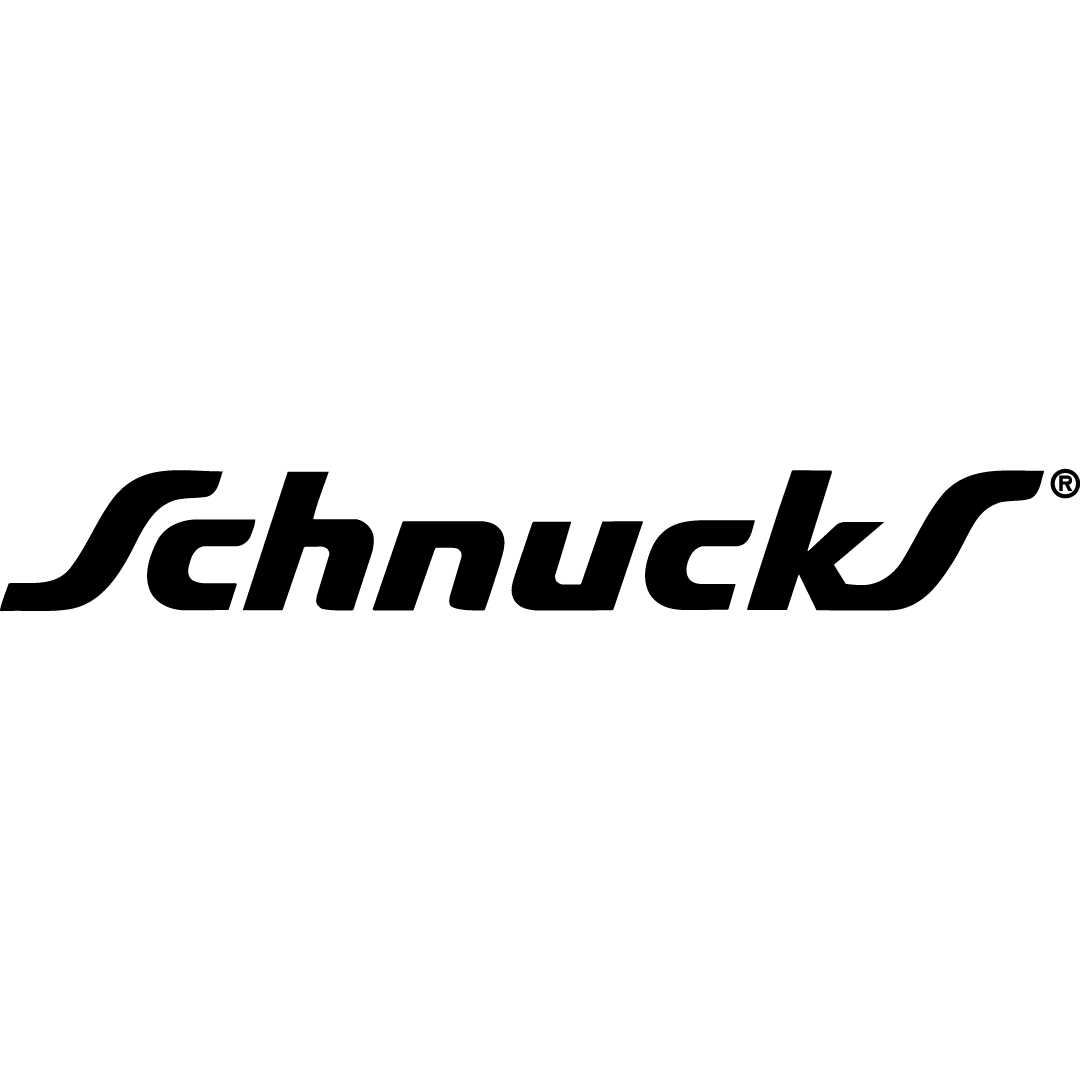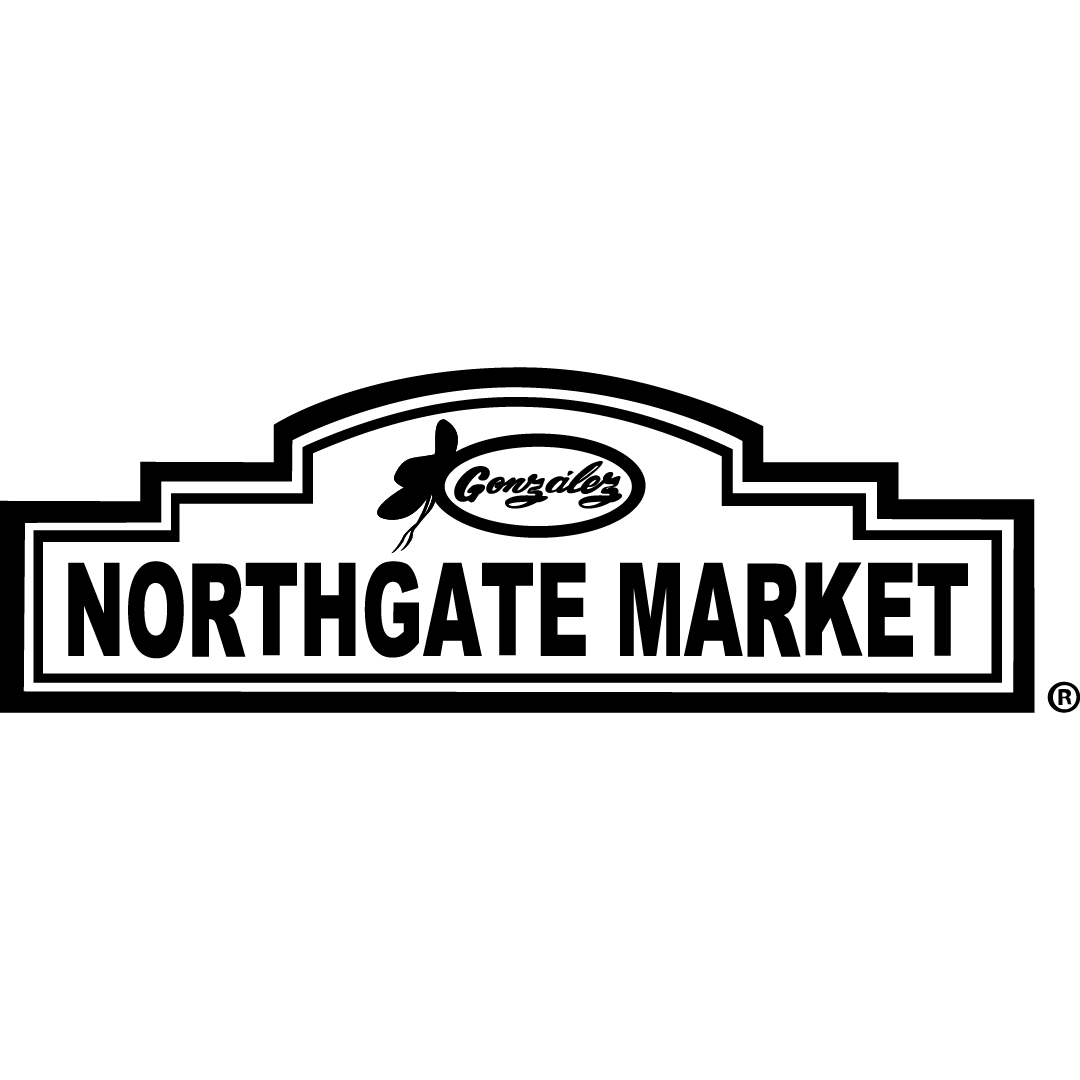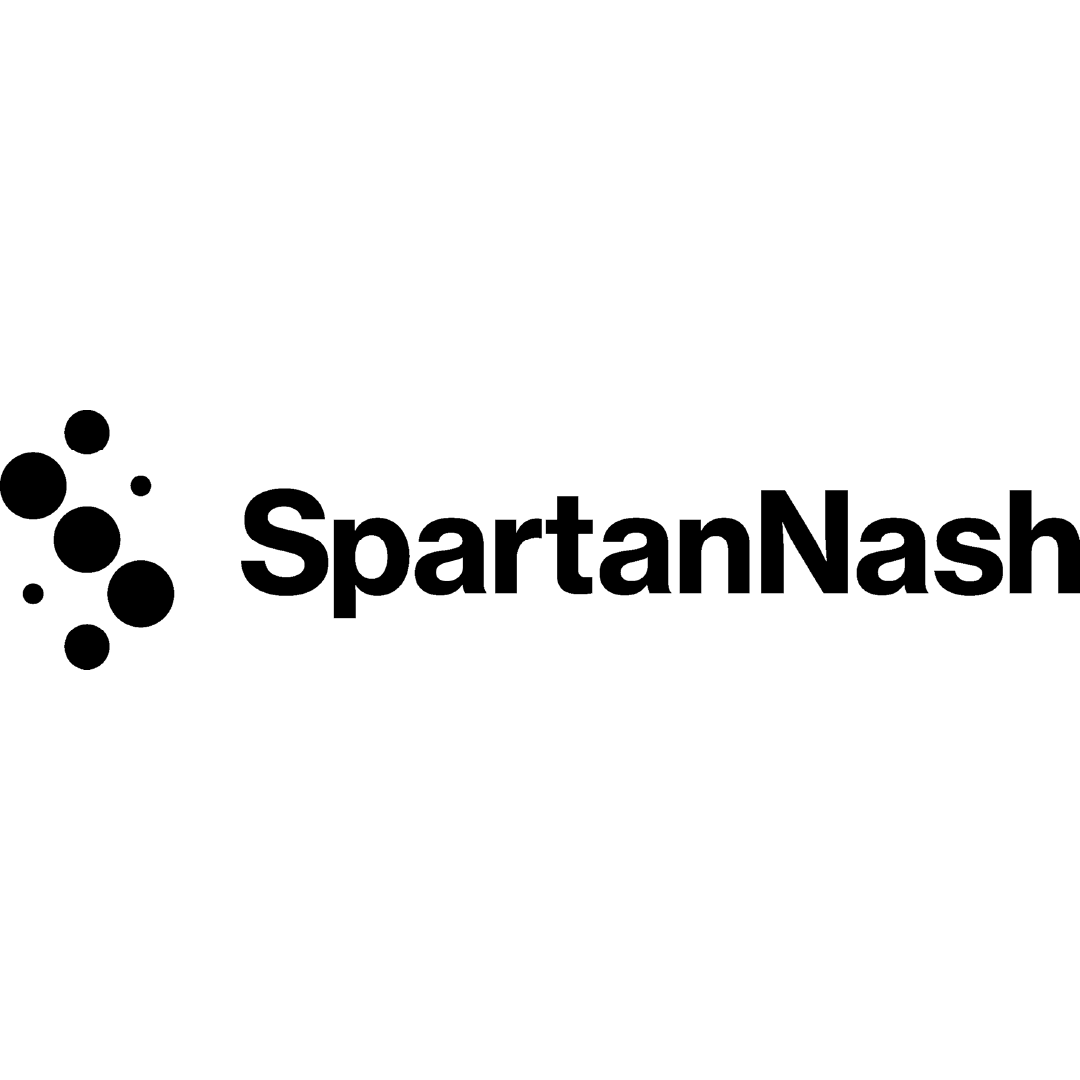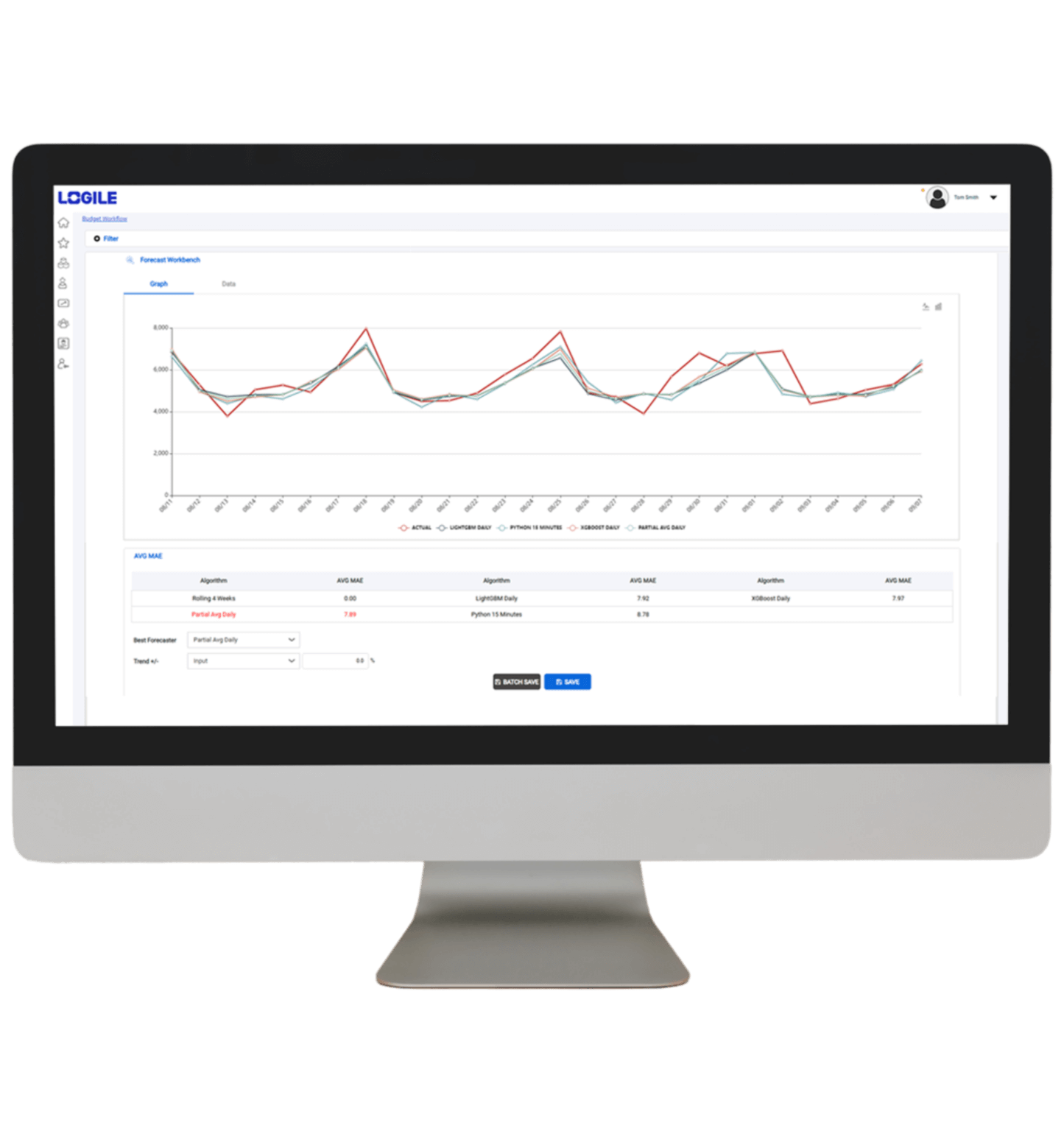LogileLabor Model
Build labor standards that drive efficiency, service, and profitability.



















The Challenge
Labor is the largest controllable expense in retail, but managing it is complex. Outdated models waste payroll, frustrate associates, and compromise service. Retailers need a smarter way to design, maintain, and apply labor standards across stores, one that adapts quickly to change and provides transparency from corporate to the sales floor.

The Logile Difference
Logile Labor Model empowers retailers to confidently manage labor standards and placement across every store. By combining advanced analytics, AI monitoring, and intuitive tools, it ensures labor is applied precisely when and where it is needed—boosting efficiency, improving customer experience, and reducing maintenance time.

Customer Impact
15% improvement
Labor efficiency through smarter placement
35% less effort
Maintaining labor models with clustering and automation
Higher accuracy
For scheduling and budgeting with effective dating
Key Capabilities
Effective Dating
Apply labor standards to the right day, week, or season to keep plans accurate, then automatically flow those hours into scheduling and budgeting.
Store Clustering
Group stores by shared attributes to streamline labor management and reporting, cutting maintenance time and improving precision.
UPC Analyzer
Quantify the labor driven by each item, enabling better profitability decisions at the SKU level.
Standards Analyzer
Run what-if simulations to evaluate the impact of process or staffing changes before you implement them.
Better labor placement
Right labor, right time, right place
Reduced admin effort
Less time maintaining models, more time for strategy
Increased visibility
Real-time insights for corporate and store leaders
Future-ready
Labor models that adapt with your business and market conditions
The Bottom Line
Logile Labor Model gives retailers the foundation for smarter labor planning. With precise standards, seamless integration to scheduling and budgeting, and real-time transparency, it transforms labor modeling from a maintenance burden into a strategic advantage.
Who's It For?
How It Works
- Establish a Granular, Accurate Labor Baseline: Build your model on a foundation of trusted data. Incorporate forecasted demand, historical task performance, and current labor standards to create a realistic baseline for what it truly takes to run your stores effectively.
- Model Labor Scenarios with Financial Precision: Test the impact of different business strategies before implementation. Easily model the labor cost implications of new services, changed operating hours, or updated service-level goals to make informed, data-driven decisions.
- Optimize Labor Allocation by Role and Department: Ensure the right mix of skills at the right times. Distribute your labor budget strategically across roles, departments, and dayparts to maximize coverage, service levels, and overall operational efficiency.
- Translate Your Strategic Model into Actionable Outputs: Seamlessly convert your approved labor model into tangible targets. The system automatically generates optimized headcounts and allocated hours, ready to be fed directly into your scheduling and budgeting tools for flawless execution.
- Continuously Refine Your Model with Real-World Data: Adopt a cycle of continuous improvement. Compare your model's projections against actual performance data to identify variances, understand their root causes, and refine your labor standards for ever-increasing accuracy.

Explore Logile's tightly integrated yet modular solutions—each one powerful alone,even better together.
Forecasting
15-minute, promo- and weather-aware forecasts for sales, items, traffic, and staffing.
Labor Modeling
Streamline your store processes, manage inventory and develop accurate labor standards, labor models, forecasts and budgets.
Staff Planning
Build smarter staffing plans before you schedule
Budgeting
Dynamic, store-level labor & sales budgets that adjust weekly—not yearly
Scheduling
Task‑based, wall‑to‑wall schedules with effectiveness scoring and predictive‑scheduling compliance.
Time & Attendance
Accurately and efficiently automate the process of collecting, calculating and reporting of associate work data.
Task Management
Bring order to the frontline. Ensure every task gets done.
Fresh Item Management
Forecast → recipe → production → labeling on mobile to cut shrink and lift freshness.
Food Safety Solutions
Digitize checks, automate corrective actions, and centralize plans—audits made easy.
FAQs
Most solutions are static and time-intensive to maintain. Logile combines effective dating, store clustering, and AI monitoring to keep labor standards accurate, adaptive, and easier to manage across hundreds of stores.
Yes. Logile Labor Model is fully integrated with Logile’s Workforce Management suite. Labor standards flow directly into forecasting, budgeting, and scheduling to ensure consistency and accuracy across the business.
Store clustering, version control, and effective dating simplify updates, cutting everyday labor model management effort by up to 35%.
Yes. The UPC Analyzer is unique to Logile. It identifies the labor driven by individual items, giving visibility into SKU-level profitability and demand drivers.
The Standards Analyzer allows you to run what-if simulations and evaluate the impact of changes before implementing them—reducing risk and supporting data-driven decision-making.
- Corporate operations leaders → Gain visibility and control over standards enterprise-wide
- Finance and workforce teams → Improve labor forecasting, budgeting, and scheduling accuracy
- Store leaders → Get labor placed when and where it’s needed, reducing associate frustration and improving service



